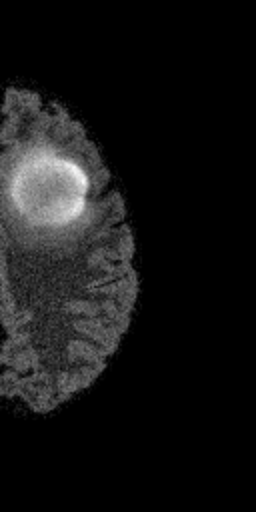Distribution Matching Losses Can Hallucinate Features in Medical Image Translation
This paper discusses how distribution matching losses, such as those used in CycleGAN, when used to synthesize medical images can lead to mis-diagnosis of medical conditions. It seems appealing to use these new image synthesis methods for translating images from a source to a target domain because they can produce high quality images and some even do not require paired data. However, the basis of how these image translation models work is through matching the translation output to the distribution of the target domain. This can cause an issue when the data provided in the target domain has an over or under representation of some classes (e.g. healthy or sick). When the output of an algorithm is a transformed image there are uncertainties whether all known and unknown class labels have been preserved or changed. Therefore, we recommend that these translated images should not be used for direct interpretation (e.g. by doctors) because they may lead to misdiagnosis of patients based on hallucinated image features by an algorithm that matches a distribution. However there are many recent papers that seem as though this is the goal.
PDF Abstract


